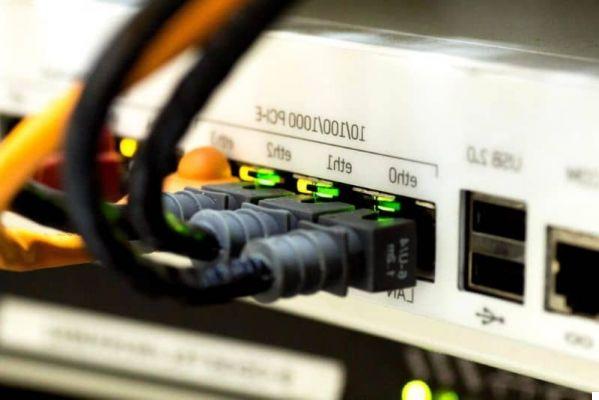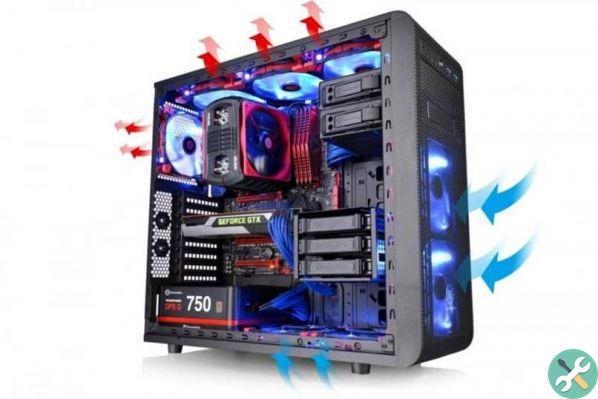In this post we want to explain the basic concepts on RAID technology. This is a type of technology that is usually used for critical data operations, where no bits of information it can be lost, this due to multiple factors such as mechanical or electrical failures within the storage devices or some type of optical disc.

What is a RAID?
RAID is an acronym that describes “Redundant Array of Independent Disks”, in Spanish it would be " Redundant Array of Independent Disks ".
It consists of a technology, which combines multiple hard or magnetic disks better known as HD, which are used to form a single logical unit, in which said data is stored on multiple disks. In simpler words it is a set of hard drives, which function as if they were one.
This type of tool allows users to have high tolerance and few errors, as if said disk has some kind of problem that you want to fix, the others will continue to work and keep the system as if nothing happened.
RAID levels and types
RAID processes have a very varied function, including stand out the so-called "RAID levels". There are 6 basic levels, which we will explain here:
RAID level 0
It is known as " strip ". It consists of where all the data is divided. This division is based on small fragments, which are also distributed among all discs.
This is a level that usually doesn't offer much tolerance for defects, as they don't exist. For this reason, if any of the hard drives fail, they can cause some kind of information loss.
It is important to recognize that more discs there are, the higher the speed you get. This is because if the data has been recorded on a single disc, this process will run sequentially.

RAID level 1
It is known as " Mirroring ”And its special function is to add several hard drives in parallel to those that are mainly found inside the computer. If a computer it has 2 drives, the hard drive can be connected to it. In such a way that the discs that have been added will function as if a copy had been made of the first one.
RAID level 2
This type of RAID is the one that adapts to the mechanism where failures are detected inside the hard drives, in this way it works like a memory. In this way the disks of said matrix will be "monitored" by their own mechanism System.
RAID level 3
This is the level at which data is divided between the disks in the array. All but one, which stores the information of parity.
All bytes that have data have parity, which is an increment of 1 bit, which allows you to identify the errors that occur. Through this verification, it is possible that the integrity of all your information is ensured, this in case they need to be restored.
RAID level 4
This type of RAID splits the give found among the disks, this being one of the disks used exclusively for parity.
The only difference it has from level 3 is that if one of the disks fails, the data in the system can be rebuilt in real time. The RAID 4 is the indicated path will be reached by means of archiving large files.
RAID level 5
This is a RAID level similar to 4, with the only exception that parity was not intended for a single disk, but for the entire array. This allows for much faster recording, however, you don't need to access a parity disk for each registration.


























